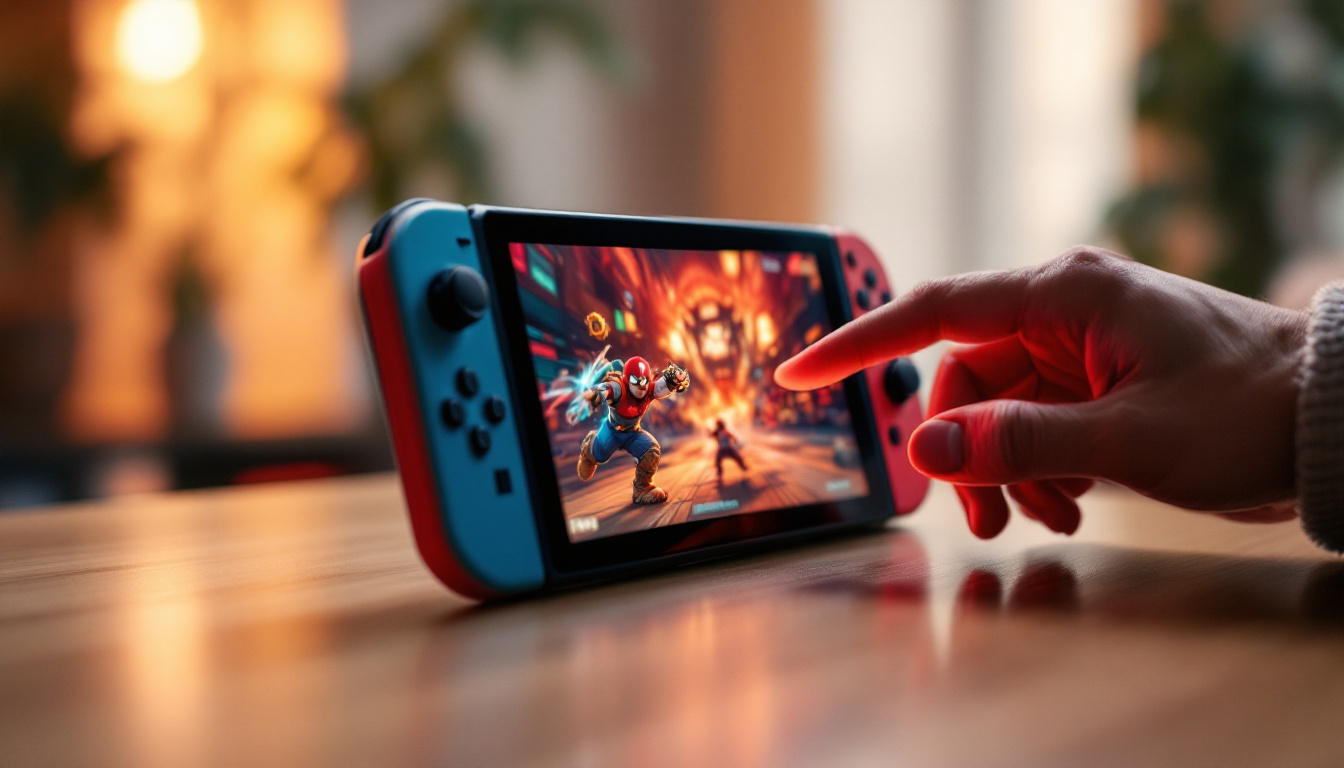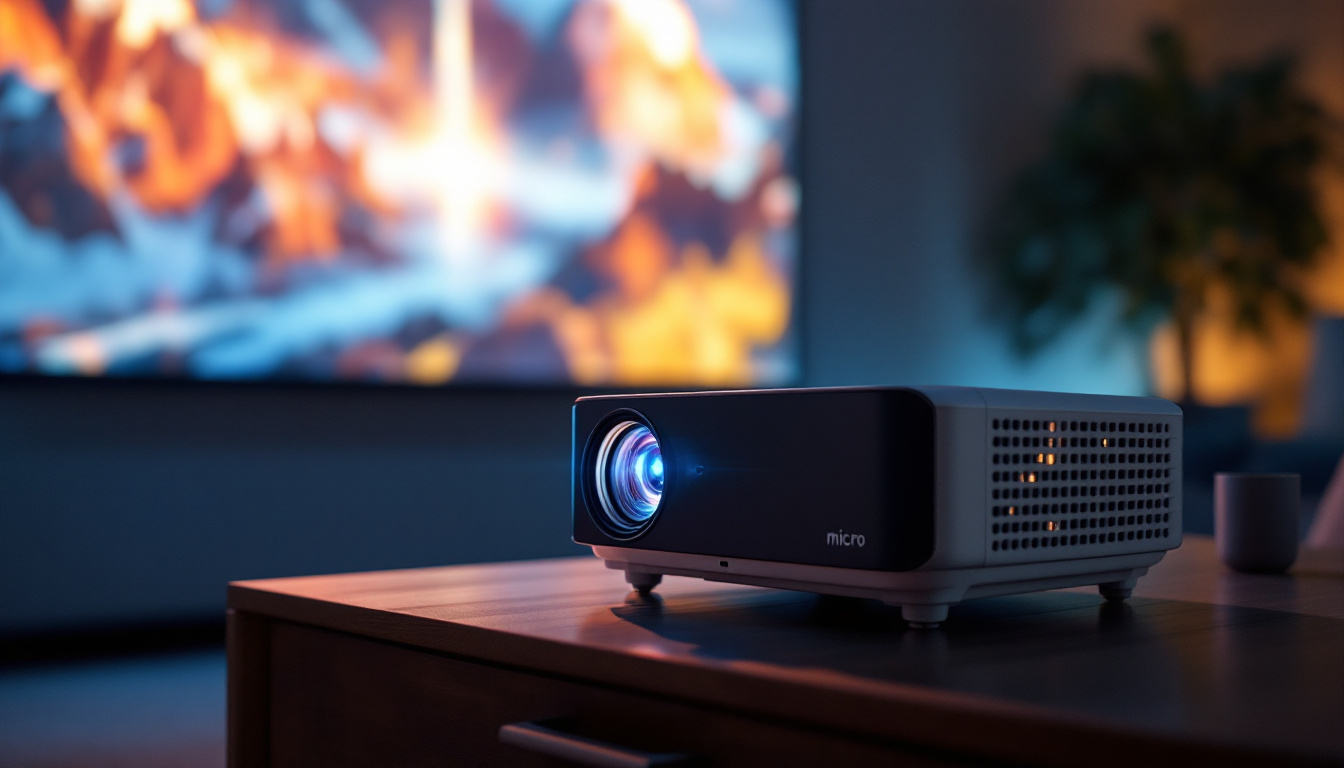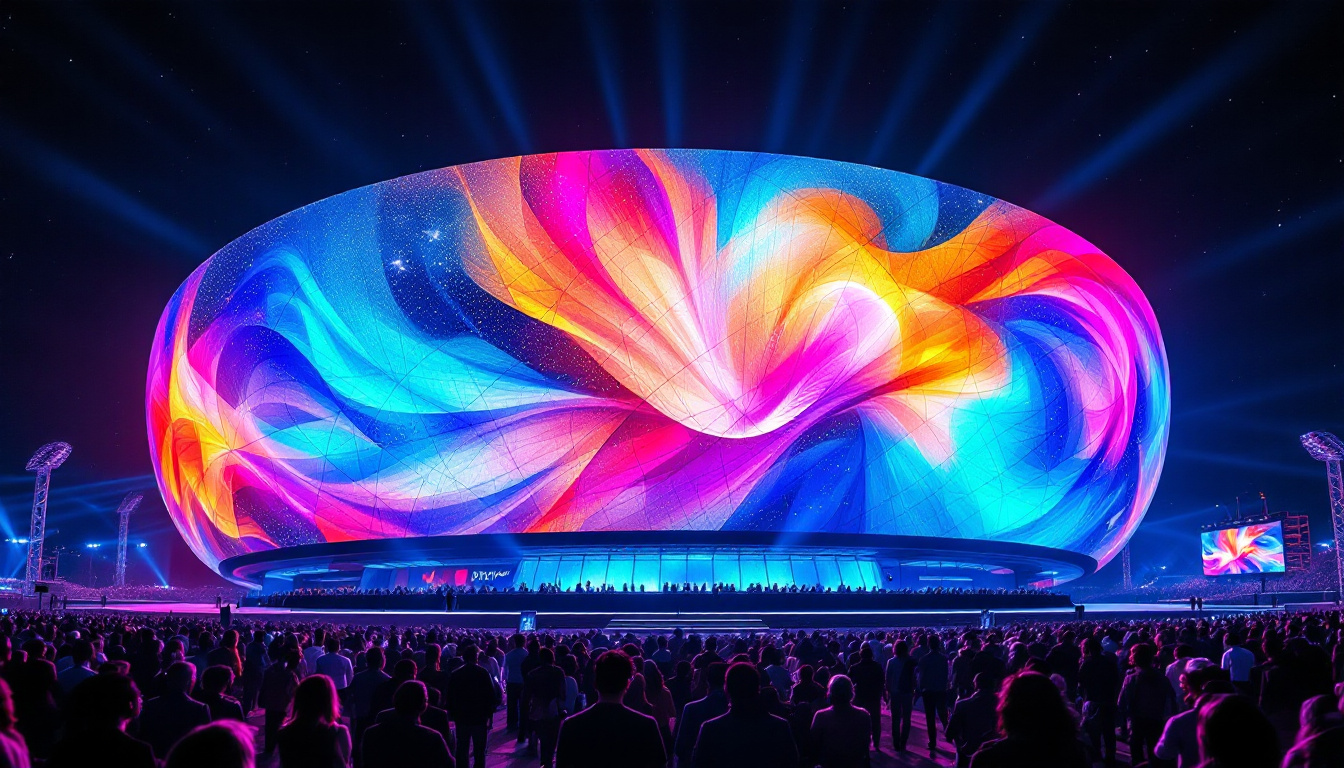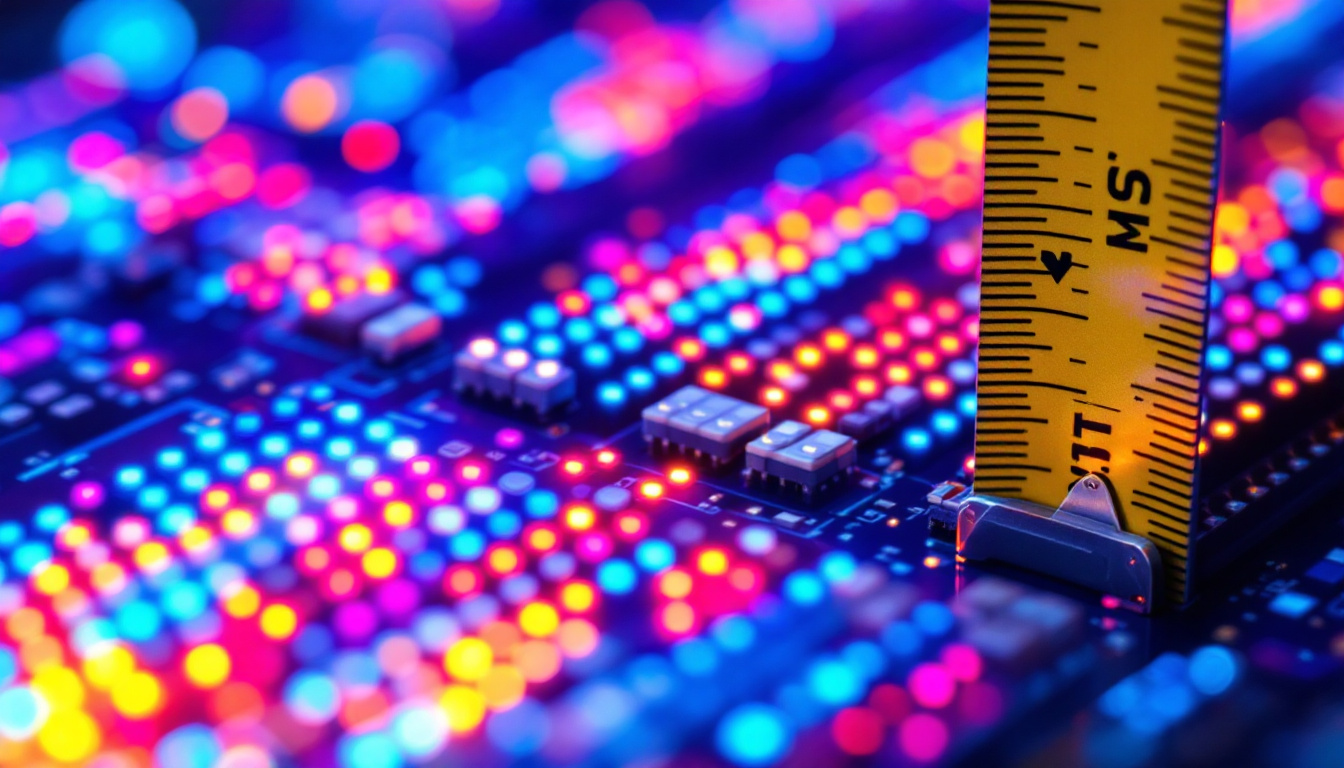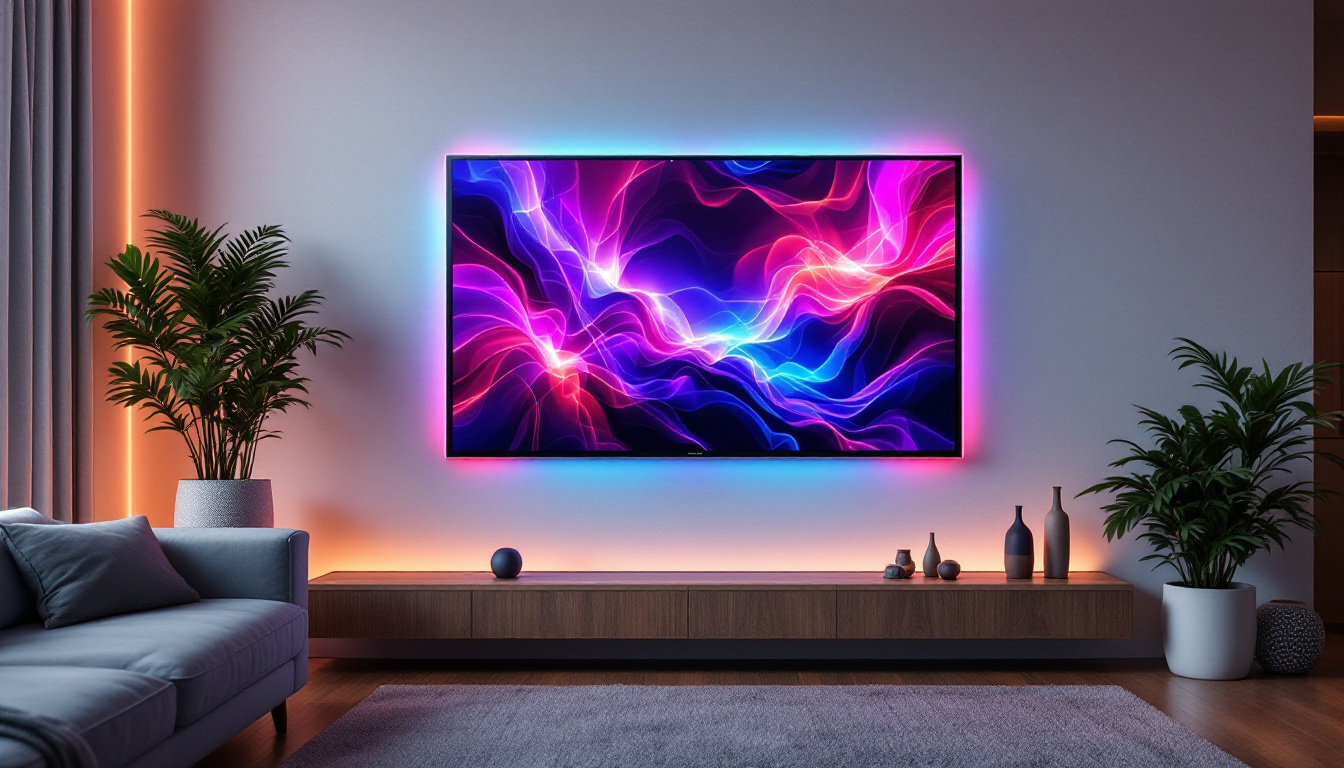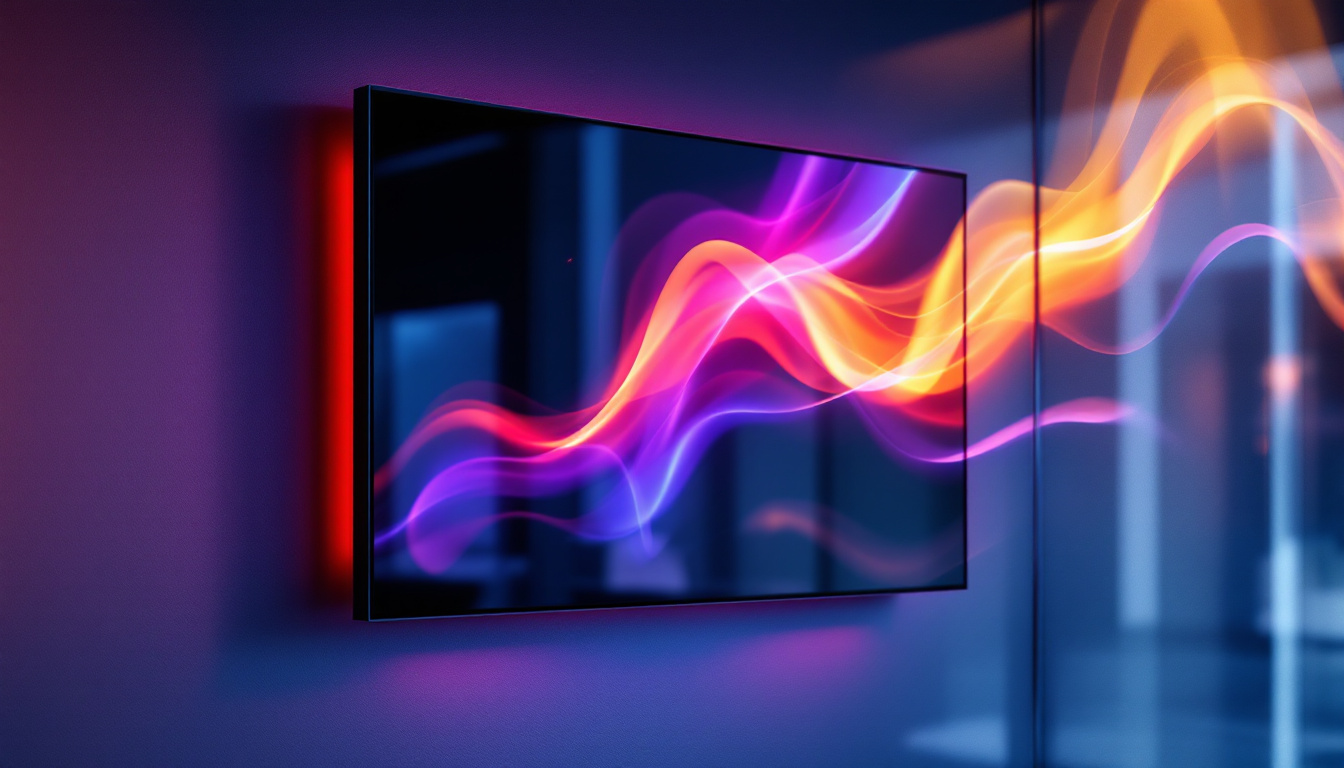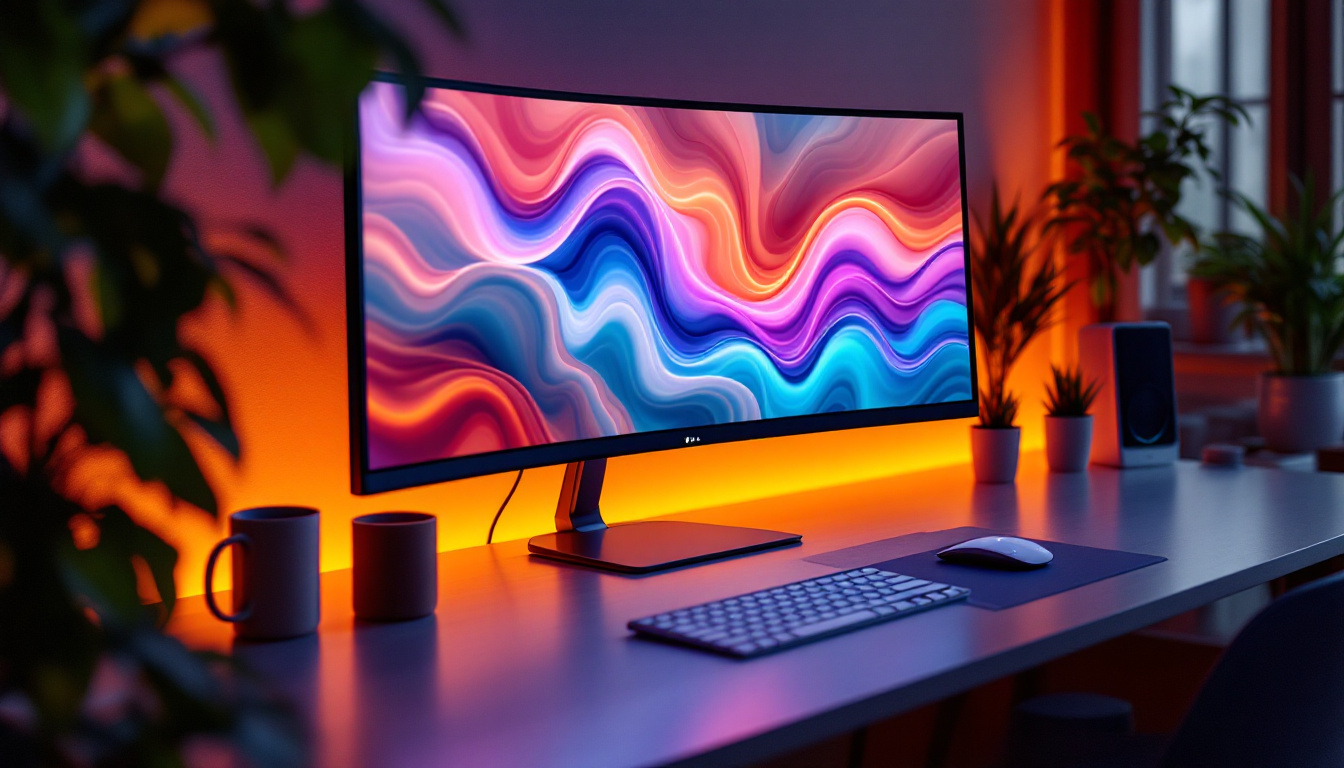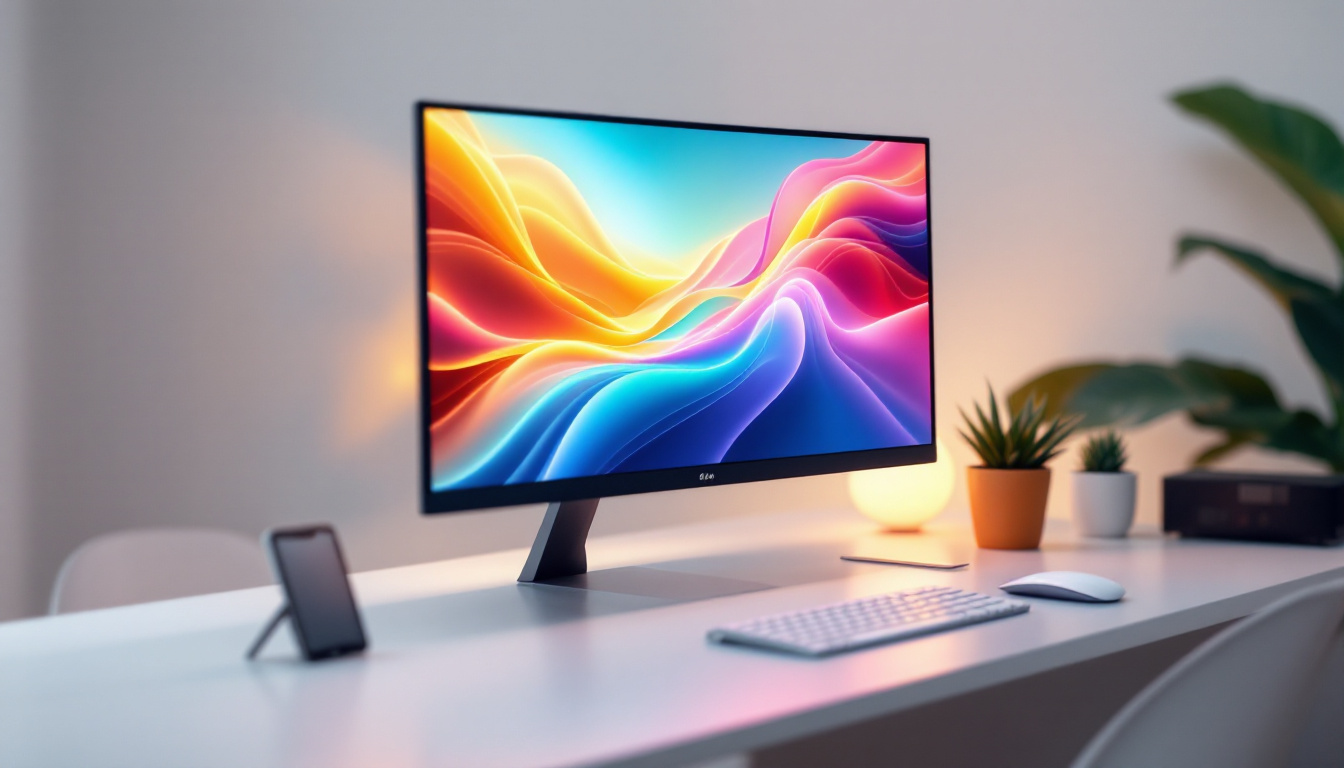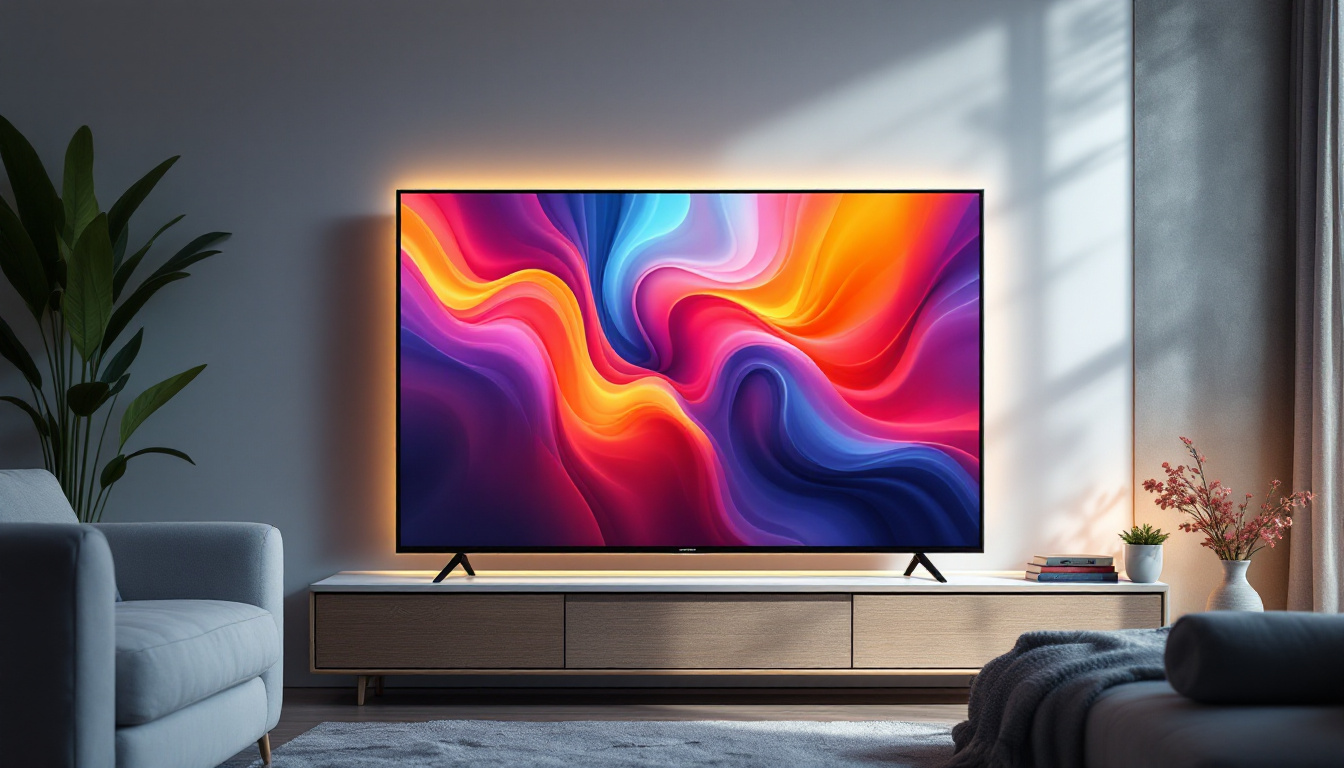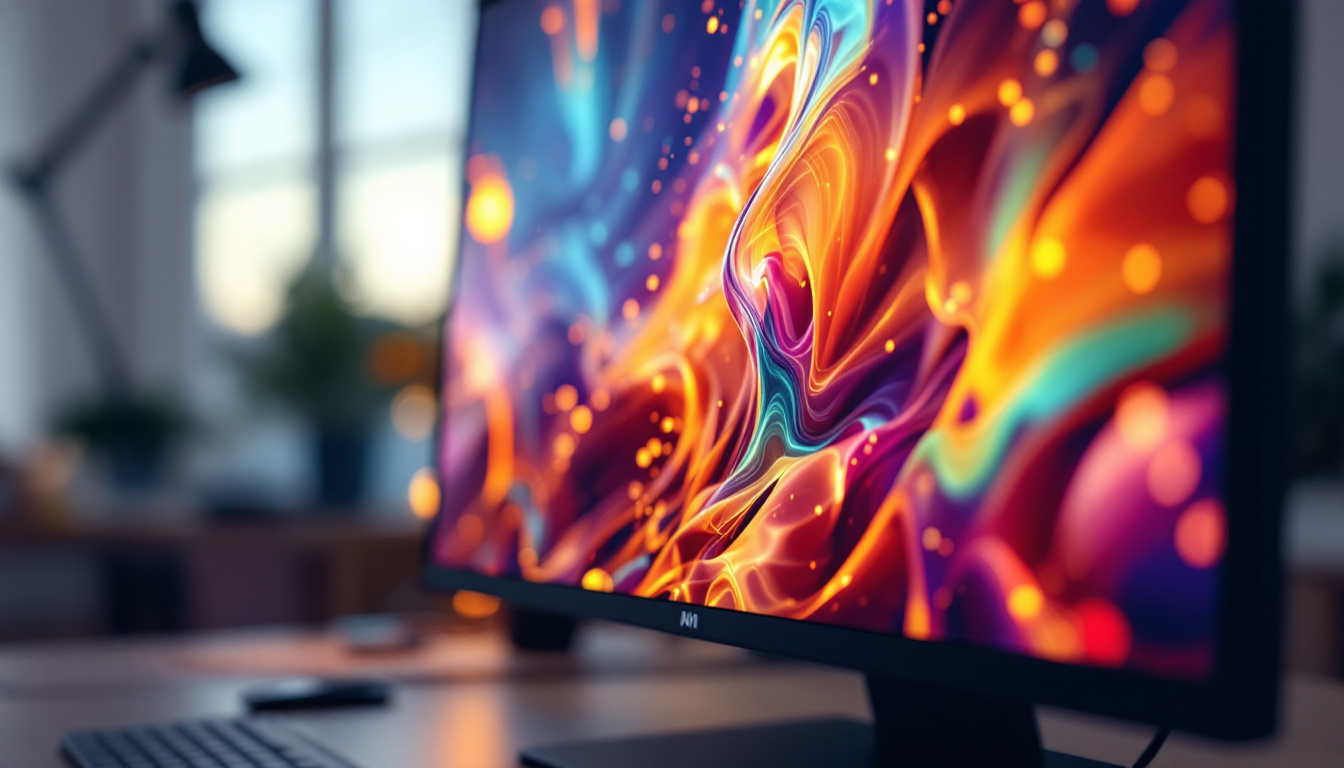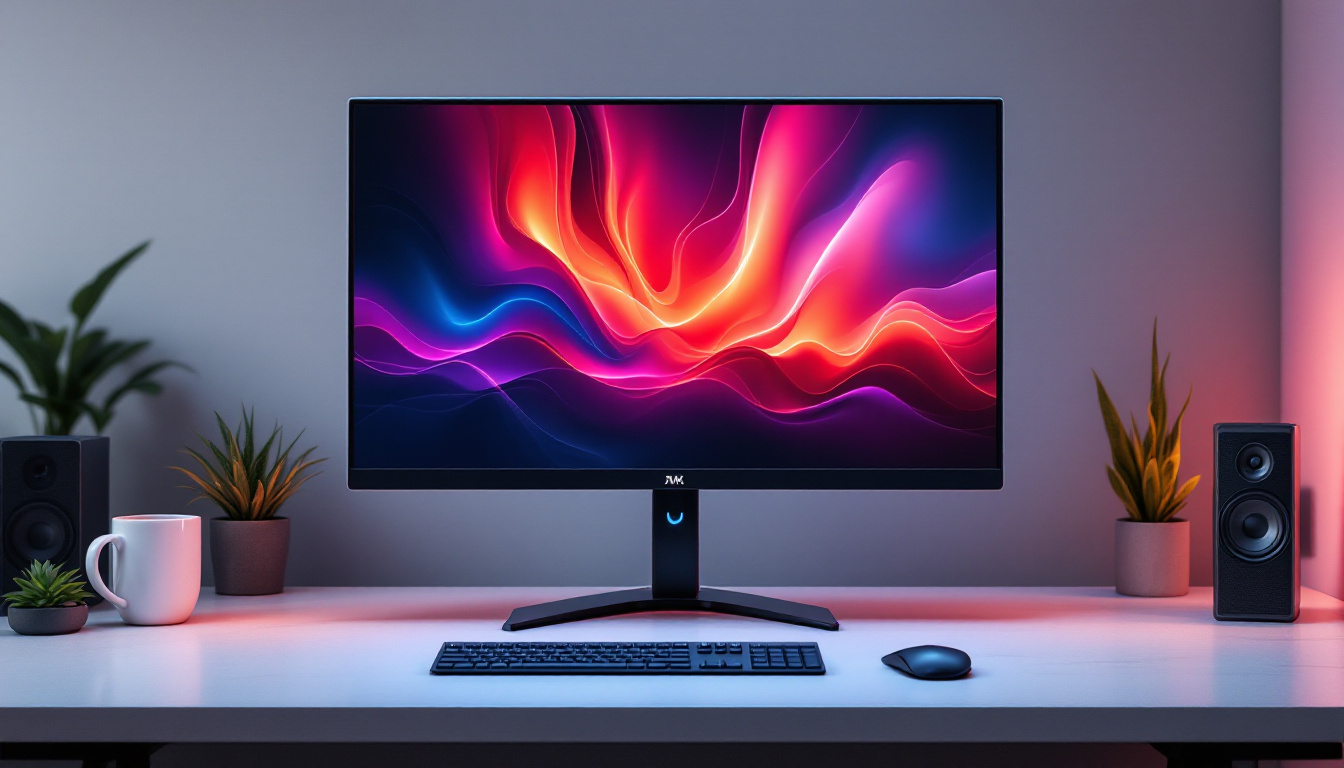The evolution of technology has brought forth numerous innovations in the realm of electronic devices. Among these advancements, touch screens have become increasingly prevalent, transforming the way users interact with their gadgets. One such device that has sparked curiosity is the Nintendo Switch. With its unique hybrid design, many users wonder whether the Switch features a touch screen and how its LED display operates. This article delves into these questions, providing a comprehensive overview of the Nintendo Switch’s capabilities and its display technology.
Understanding the Nintendo Switch
The Nintendo Switch, launched in March 2017, is a versatile gaming console that can be used both as a handheld device and a traditional home console. Its unique design allows players to enjoy games on the go or connect it to a television for a more immersive experience. This adaptability has made the Switch a popular choice among gamers of all ages.
The Design and Features of the Switch
At first glance, the Switch’s design stands out due to its detachable Joy-Con controllers and a vibrant display. The console features a 6.2-inch LCD screen, which provides a clear and colorful visual experience. The device’s portability is one of its key selling points, allowing users to play their favorite games anywhere.
In addition to its physical design, the Switch also boasts a range of features that enhance user experience. From local multiplayer capabilities to online gaming options, the console caters to various gaming preferences. However, the question remains: does it include a touch screen?
Indeed, the Nintendo Switch does come equipped with a capacitive touch screen, which adds another layer of interactivity to gameplay. This feature is particularly useful in games that require precision and quick responses, such as puzzle games or certain adventure titles. The touch screen allows for intuitive navigation through menus and enhances the overall gaming experience, making it easier for players to engage with the game world. Furthermore, many titles, including popular ones like “The Legend of Zelda: Breath of the Wild,” utilize the touch screen for map navigation and inventory management, showcasing how this feature can enrich gameplay.
Moreover, the Switch’s design isn’t just about aesthetics; it also emphasizes ergonomics and comfort. The Joy-Con controllers, with their motion-sensing technology, provide a tactile feel that enhances gameplay, especially in motion-based games like “Mario Kart 8 Deluxe.” The console’s ability to seamlessly switch from handheld to docked mode means that players can enjoy a variety of gaming experiences without sacrificing comfort. This flexibility has encouraged developers to create a diverse library of games, ranging from family-friendly titles to more complex, story-driven experiences, appealing to a wide audience and ensuring that there’s something for everyone on the platform.
Touch Screen Capabilities of the Nintendo Switch
Yes, the Nintendo Switch does indeed feature a touch screen. This functionality is a significant aspect of the device, allowing for intuitive navigation and interaction with games and applications. The touch screen is particularly beneficial for certain genres of games, such as puzzle or strategy games, where precise control is essential.
How the Touch Screen Works
The touch screen on the Nintendo Switch operates using capacitive technology, which detects the electrical properties of the human body. This allows the screen to respond to finger touches, enabling users to tap, swipe, and pinch to interact with the interface. The touch screen is responsive and provides a smooth experience, making it easy to navigate menus or select options.
Moreover, the touch screen can be used in various ways depending on the game being played. Some titles utilize touch controls for gameplay, while others may only use it for menu navigation. This versatility enhances the overall gaming experience, offering players multiple ways to engage with their favorite titles.
Games That Utilize Touch Screen Functionality
Several games on the Nintendo Switch take advantage of the touch screen feature, enhancing gameplay and user interaction. Titles such as “The Legend of Zelda: Breath of the Wild” allow players to use the touch screen for map navigation, while “Animal Crossing: New Horizons” enables users to interact with the environment more intuitively.
Additionally, educational and casual games often incorporate touch controls, making them accessible to a broader audience. This functionality not only appeals to seasoned gamers but also attracts new players who may prefer a more hands-on approach to gaming.
The LED Display of the Nintendo Switch
The Nintendo Switch features an LCD display rather than an LED display, which is a common point of confusion. Understanding the differences between these technologies is crucial for appreciating the visual quality of the Switch.
LCD vs. LED: What’s the Difference?
Liquid Crystal Display (LCD) technology uses liquid crystals to produce images. These crystals are sandwiched between layers of glass or plastic, and when an electric current is applied, they align to allow light to pass through. The backlight, typically provided by LEDs, illuminates the screen, resulting in the vibrant colors and sharp images that users enjoy.
On the other hand, LED displays are essentially an advanced form of LCD technology. They utilize light-emitting diodes (LEDs) as a backlight source, which can enhance brightness and contrast compared to traditional LCDs. However, the term “LED display” is often used to refer to screens that use this technology exclusively, such as OLED displays.
Visual Quality of the Switch’s Display
The Nintendo Switch’s LCD screen delivers impressive visuals, with a resolution of 1280 x 720 pixels in handheld mode. This resolution ensures that games appear sharp and colorful, providing an enjoyable gaming experience. While it may not match the high-resolution displays found in some modern smartphones or gaming monitors, the Switch’s screen is optimized for gaming, balancing performance and battery life.
Moreover, the screen’s brightness can be adjusted, allowing users to play in various lighting conditions. Whether in a dimly lit room or under bright sunlight, the Switch’s display remains functional, ensuring that players can enjoy their games without straining their eyes.
Battery Life and Performance Considerations
One of the most significant factors affecting the user experience on the Nintendo Switch is its battery life. The combination of the touch screen and LCD technology plays a role in how long players can enjoy their games without needing to recharge.
Battery Life of the Nintendo Switch
The Nintendo Switch boasts a battery life that ranges from approximately 4.5 to 9 hours, depending on the game being played and the console’s settings. More demanding games may drain the battery faster, while less intensive titles can extend playtime. The touch screen’s functionality does not significantly impact battery consumption, allowing users to enjoy extended gaming sessions without worrying about frequent recharging.
Additionally, the Switch features a power-saving mode that can be activated to extend battery life further. This mode reduces screen brightness and limits background activity, enabling users to maximize their playtime while on the go.
Performance in Different Modes
The Nintendo Switch operates in three different modes: handheld, tabletop, and TV mode. Each mode offers a unique experience, and the touch screen functionality is particularly relevant in handheld and tabletop modes. In these modes, players can fully utilize the touch screen for navigation and gameplay, enhancing the overall experience.
In TV mode, however, the touch screen is not utilized, as the console connects to a television. Instead, players rely on the Joy-Con controllers for interaction. This versatility allows the Switch to cater to various gaming preferences, making it a truly hybrid console.
Future of Touch Screen Technology in Gaming Consoles
As technology continues to advance, the integration of touch screens in gaming consoles is likely to become more prevalent. The Nintendo Switch has set a precedent by successfully combining traditional gaming with touch functionality, paving the way for future innovations.
Potential Developments in Touch Screen Gaming
Future gaming consoles may see enhanced touch screen capabilities, including improved sensitivity and multi-touch functionality. This could lead to more immersive gameplay experiences, allowing players to interact with their games in new and exciting ways.
Additionally, advancements in display technology, such as OLED screens, may provide even richer visuals and better color accuracy. As manufacturers continue to explore new technologies, the potential for touch screens in gaming consoles remains vast.
Consumer Expectations and Trends
As gaming technology evolves, consumer expectations are also changing. Players are increasingly seeking devices that offer versatility and innovative features. The success of the Nintendo Switch demonstrates that there is a strong demand for hybrid consoles that incorporate touch screen functionality.
Future consoles will likely need to adapt to these expectations, offering a seamless blend of traditional and modern gaming experiences. As the gaming landscape continues to shift, touch screen technology will play a crucial role in shaping the future of interactive entertainment.
Conclusion
The Nintendo Switch stands out as a remarkable gaming console, offering a unique blend of portability and functionality. Its touch screen capabilities enhance user interaction, making it an appealing choice for gamers of all ages. While the device features an LCD display rather than an LED display, its visual quality remains impressive, providing an enjoyable gaming experience.
As technology continues to advance, the integration of touch screens in gaming consoles is poised to grow. The success of the Nintendo Switch serves as a testament to the potential of touch screen technology in the gaming industry. With ongoing innovations and evolving consumer expectations, the future of gaming consoles looks promising, and touch screens will undoubtedly play a significant role in that evolution.
Discover the Future of Visual Engagement with LumenMatrix
As the gaming industry continues to embrace touch screen technology, the importance of high-quality displays becomes ever more apparent. LumenMatrix, a pioneer in LED display technology, is at the forefront of this evolution, offering a wide array of LED display solutions that bring games and visual content to life. Whether you’re looking to enhance your gaming setup or captivate an audience with dynamic digital signage, LumenMatrix has the cutting-edge technology to elevate your visual experience. From immersive Indoor LED Wall Displays to vibrant Outdoor LED Wall Displays and beyond, each product is designed to create unforgettable visual experiences. Check out LumenMatrix LED Display Solutions and see how they can transform your space into a hub of engagement and interaction.

